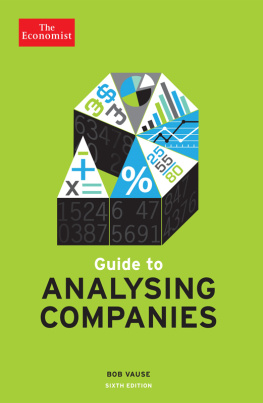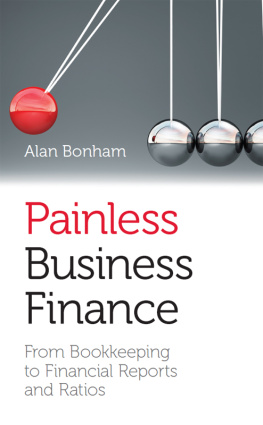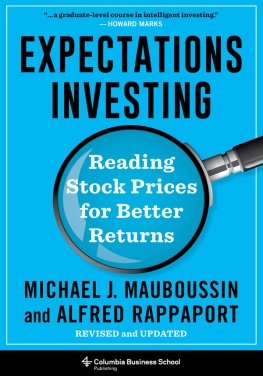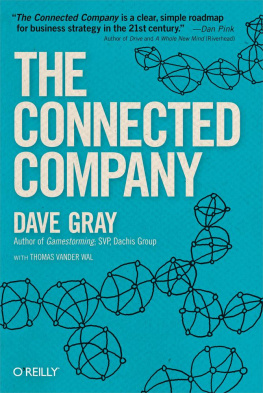PublicAffairs is a publishing house founded in 1997. It is a tribute to the standards, values, and flair of three persons who have served as mentors to countless reporters, writers, editors, and book people of all kinds, including me.
I. F. STONE, proprietor of I. F. Stones Weekly, combined a commitment to the First Amendment with entrepreneurial zeal and reporting skill and became one of the great independent journalists in American history. At the age of eighty, Izzy published The Trial of Socrates, which was a national bestseller. He wrote the book after he taught himself ancient Greek.
BENJAMIN C. BRADLEE was for nearly thirty years the charismatic editorial leader of The Washington Post. It was Ben who gave the Post the range and courage to pursue such historic issues as Watergate. He supported his reporters with a tenacity that made them fearless and it is no accident that so many became authors of influential, best-selling books.
ROBERT L. BERNSTEIN, the chief executive of Random House for more than a quarter century, guided one of the nations premier publishing houses. Bob was personally responsible for many books of political dissent and argument that challenged tyranny around the globe. He is also the founder and longtime chair of Human Rights Watch, one of the most respected human rights organizations in the world.
For fifty years, the banner of Public Affairs Press was carried by its owner Morris B. Schnapper, who published Gandhi, Nasser, Toynbee, Truman, and about 1,500 other authors. In 1983, Schnapper was described by The Washington Post as a redoubtable gadfly. His legacy will endure in the books to come.
Peter Osnos, Founder and Editor-at-Large
GUIDE TO ANALYSING COMPANIES
A. H. (BOB) VAUSE is a fellow of the Institute of Chartered Accountants and an Emeritus Fellow of Green Templeton College, Oxford, where he taught for more than thirty years. He is the author of several books and has worked as consultant to many large companies on a broad range of matters affecting performance and control.
OTHER ECONOMIST BOOKS
Guide to Business Modelling
Guide to Business Planning
Guide to Cash Management
Guide to Commodities
Guide to Country Risk
Guide to Decision Making
Guide to Economic Indicators
Guide to Emerging Markets
Guide to the European Union
Guide to Financial Management
Guide to Financial Markets
Guide to Hedge Funds
Guide to Investment Strategy
Guide to Management Ideas and Gurus
Guide to Managing Growth
Guide to Organisation Design
Guide to Project Management
Guide to Supply Chain Management
Numbers Guide
Style Guide
Book of Business Quotations
Book of Isms
Brands and Branding
Business Consulting
Business Strategy
Buying Professional Services
The Chief Financial Officer
Economics
Managing Talent
Managing Uncertainty
Marketing
Marketing for Growth
Megachange the world in 2050
Modern Warfare, Intelligence and Deterrence
Organisation Culture
Successful Strategy Execution
Unhappy Union
Directors: an AZ Guide
Economics: an AZ Guide
Investment: an AZ Guide
Negotiation: an AZ Guide
Pocket World in Figures

GUIDE TO ANALYSING COMPANIES
6th edition
Bob Vause
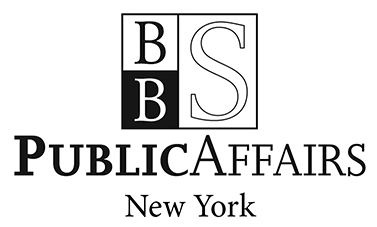
The Economist in Association with Profile Books Ltd. and PublicAffairs
Analysing Companies (6th Edition)
PublicAffairs
New York
The Economist in Association with Profile Books Ltd. and PublicAffairsCopyright The Economist Newspaper Ltd 1997, 1999, 2001, 2005, 2009, 2014Text copyright A.H. Vause 1997, 1999, 2001, 2005, 2009, 2014First published in 1997 by Profile Books Ltd. in Great Britain.Published in 2015 in the United States by PublicAffairs, a Member of the Perseus Books Group
All rights reserved.Printed in the United States of America.No part of this book may be reproduced, stored in or introduced into a retrieval system, or transmitted, in any form or by any means (electronic, mechanical, photocopying, recording or otherwise), without the prior written permission of both the copyright owner and the publisher of this book, except in the case of brief quotations embodied in critical articles and reviews. For information, address PublicAffairs, 250 West 57th Street, 15th Floor, New York, NY 10107.
The greatest care has been taken in compiling this book. However, no responsibility can be accepted by the publishers or compilers for the accuracy of the information presented.Where opinion is expressed it is that of the author and does not necessarily coincide with the editorial views of The Economist Newspaper.
While every effort has been made to contact copyright-holders of material produced or cited in this book, in the case of those it has not been possible to contact successfully, the author and publishers will be glad to make amendments in further editions.PublicAffairs books are available at special discounts for bulk purchases in the U.S. by corporations, institutions, and other organizations. For more information, please contact the Special Markets Department at the Perseus Books Group, 2300 Chestnut Street, Suite 200, Philadelphia, PA 19103, call (800) 810-4145, ext. 5000, or e-mail special.markets@perseusbooks.com.
Library of Congress Control Number: 2014950431
ISBN 978-1-61039-478-9 (PB)
ISBN 978-1-61039-479-6 (EB)
First Edition10 9 8 7 6 5 4 3 2 1
List of figures
Introduction
THE AIM OF THIS BOOK is to provide an understanding of how to analyse and assess the performance and financial position of a company from the various sources of information available. Financial analysis is as much an art as it is a science. Combine any two figures from an annual report and a ratio is produced; the real skill is in deciding which figures to use, where to find them and how to judge the result.
Before attempting to analyse a company, a sound grasp of financial terminology and presentation is required. of this book explains the content and intent of the main financial statements appearing in a companys annual report: the statement of financial position (balance sheet); the income statement (profit and loss account); and the statement of cash flows. Two newcomers, the statement of comprehensive income and the statement of changes in equity, are also covered.
All countries and companies share the basic accounting framework used in the preparation of financial statements, but their presentation is not yet completely standardised. Adjustments may have to be made, but the outline in is applicable to most companies and countries. Reference is made to UK and US GAAP (generally accepted accounting principles) as well as the appropriate International Accounting Standards or International Financial Reporting Standards (IAS or IFRS), but there is no attempt at a detailed interpretation of their application. This is an area of study you may move on to after this book.
As far as possible, the examples given have been kept simple in order to emphasise or reinforce the subject matter; once the fundamental theory and practice are grasped there should be no problem in moving to more detailed and sophisticated analysis. In general, the books examples focus on retail, service and manufacturing companies rather than banks and other financial services companies, which are subject to a different set of legal and reporting requirements.

